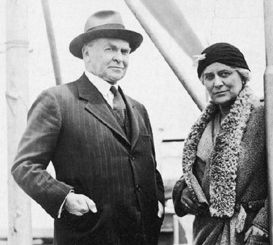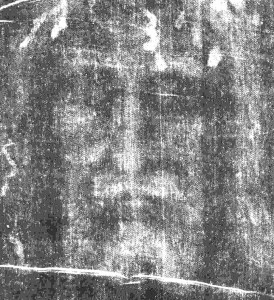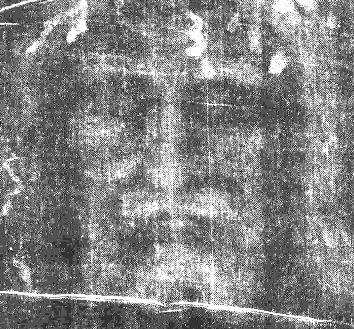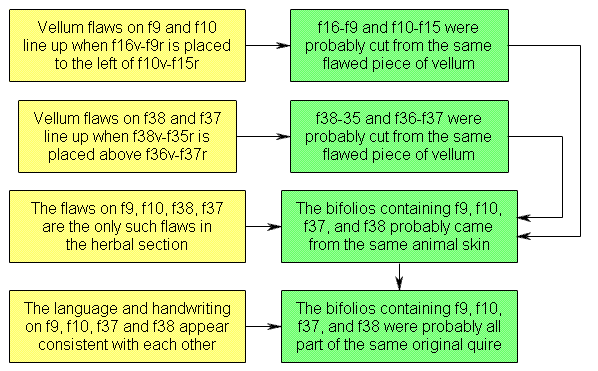Once upon a time (twenty years ago, back when I still had hair), I used to play for Hackney Chess Club in the London League: after most matches, the team would decamp to Brick Lane for a late night curry and a swift-ish couple of pints. Happy (if somewhat calorifically excessive) days. 🙂
And so it has recently been a thoroughly pleasant surprise to encounter another Hackney player from that same era (Tony Gaffney) engaged in his own historical cipher odyssey – applying his devious problem-solving instincts to crack long-unbroken ciphers, such as the 1564 Bellaso challenge cipher #6 (described in detail here a couple of weeks ago).
Incidentally, I asked Tony if he had a reasonably current photo of himself I could put on my blog – sorry but no, came the reply. And so I sent him a quick sketch of how I remembered him from all those years ago, to see if much had changed:-

“That’s like looking in a mirror – only the hair’s too short“, came the reply. So, here’s my best guess as to what (the fairly reclusive) Tony Gaffney looks like circa 2009:-

Hmmm… it does make me wonder whether there is some kind of karmic balancing law at play in the universe, a zero sum game by which every inch of hair I lose has to reappear on someone else’s head (Tony’s, specifically). But I digress!
As expected, having cracked 1564 #6, the indomitable Mr Gaffney rapidly moved onto Giovan Battista Bellaso’s other challenge ciphers. Could he beat the inevitable crypto pack & make the next crack?
The answer was an emphatic yes: Bellaso’s 1564 challenge cipher #2 was next to fall. Tony’s starting clue was the third word (SDARGBFSTRS), an eleven-letter word with the same first letter and last letter. Having tried out ‘equinotiale‘, a series of crossword-like puzzles then offered themselves up for solving, leading eventually to the following plaintext (and once again, note that Tony cannot read Italian):-
dal circolo equinotiale versoil nostropolo artbt
RSX OSIUBPD SDARGBFSTRS BXDADRR HCIALBLDSA ODFMA
451 5123451 45123451234 2345123 4512345123 34512
sescopra asaipiu terrache acqua etdaldeno circolo verso
ERIMAIEU XAURHPG BSEHTUNR UMIFS SFOTRRRCE OSIUBPD GTIDB
45123451 4512345 34512345 12345 451234512 5123451 51234
ilpolo btarti sescopra asaipiu acqua chetera dicoche verso
RRICXE XETLCN ERIMAIEU TDXNFRC XOGBO TMTAXDS ORUBORO CSEIE
234512 512345 45123451 2345123 45123 4512345 1234512 34512
ilnosnrro poloartico sono nelemontagne etsoto lemontagne
SSGBACILB FERBSHAQTC ECCE HRXOFBIETNHR RELACC QRBEGCSQFX
123451234 1234512345 4512 451234512345 512345 4512345123
grande cavernosita nenedi acqua etventi etverso elpolo
MEUFSS OUBXDIDLQCS ITFXRN TULGU SFAOGCN XCGTIDB SPFERB
451234 51234512345 512345 23451 4512345 3451234 451234
antartico none cosi
XIETLCNNE GBIT NEDP.
451234512 3451 1234
With help from Renaissance cipher historian Augusto Buonafalce, this yields Bellaso’s thoughts on why there is more land towards the North Pole than towards the South Pole:-
dal circolo equinotiale verso il nostro polo artico se scopre assai piu terra che acqua et dal deno circolo verso ilpolo antartico se scopre assai piu acqua che terra dico che verso il nosnrro polo artico sono (ne) le montagne et soto le montagne grande cavernosita nenedi(piene) acqua et venti et verso el polo antartico non e cosi
From the equinoctial circle towards the Arctic pole there is exposed much more earth than water and from said circle towards the Antarctic pole there is exposed more water than earth because towards our Arctic pole there are the mountains and underneath the mountains large caves full of water and winds and towards the Antarctic pole it is not so.
(Translation & enciphering/typesetter error corrections courtesy of Augusto Buonafalce)
Not content with having solved two of Bellaso’s challenge ciphers, Tony then turned his attention to the 1564 cipher #1: once again, an unusual short sequence was enough of a clue to get him started. In this instance, he noticed the palindrome DABAD in the ciphertext, and wondered whether that might be his old friend PROPORTIONE (which you may recall helped him solve 1564 #6). The cipher system turned out to employ ten alphabets changing not with every letter but with every word.
diptdexloxarsoxdicoxchexlepetoxesemprexconformexa
PSDLPQNSDMXLNEAUPHFBXDUCOHUHCLDXCXPMBXERMGXMCOTFO
1 2 3 4 5 6 7 8 9
lasuaxcausaxdbxlarmaxlungaxdastaxinesaxsonoxpiunumerax
HOENOIPGMFGLPGNSHIXHMRCSDXAUTMATBOQUASCBLPLDMUIOIPXBUE
10 1 2 3 4 5 6 7
departexunitexchenonxsonoxnelacortaxetuicrtusxunitaxpote
STAPCETFNUXFSIPNRHBHLICXCNTPSHGDINHMOMCQULMCNADRPATBLIBU
8 9 10 1 2 3 4 5
ntirestxdelepalexdiferoxetdilegoxprocedexperchexaierxno
QBOMUABCXHOHNROHDTUHXBNETESHUTNMFBDAQSRSICREPNRLUSQFNTD
6 7 8 9 10 1 2
nresistibxdelcircoloxdicoxfinitixadinfinitumxnulamxese
TIPLRLNRUMGORUQLUEREAUPHFBGOQOBOCRXGPUGPGCFQDOIGQPETDT
3 4 5 6 7 8
xproportionemxlafiguraxsfericaxnonaxprqncipiioxdxeldia
FBDABADFXAUSGIXGSTAMEGLIRQFSOUNTDTHMFLISUQFQQEAUBUPHOS
9 10 1 2 3 4
metroxaprincipioxetfinex.
RUBMICRNAGPTGNGLDXDHUOXE.
5 6
With a few typesetter corrections and words reconstructed (because many doubled letters in the plaintext were converted to single letters, introducing a certain amount of ambiguity that you have to read Bellaso’s clues to resolve), this almost certainly originally read something closer to:-
Di ptde lo arco dico che le petto?(l’efeto) e sempre conforme a la sua causa db l’arma lunga d’asta in esa sono piu numera de parti unite che non sono nela corta et uicrtus unita potentirest delle palle di ferro et di lengo procede perche aier non resistib del circolo dico finite ad infinitum nullam esse proportionem la figura sferica non a principio del diametro a principio et fine.
Interestingly, inside this Italian plaintext is embedded a phrase in Latin (which I have highlighted above) that Google notes as appearing in a 1957 article by Bruno Busulini called “Introduzione a una storia e filosofia del calcolo infinitesimale” (Introduction to a history and philosophy of infinitesimal calculus): and so seems highly likely to me to be Bellaso quoting approvingly from someone else’s Latin book on calculus. Next time I’m at the British Library, I’ll try to get a copy and see where the quotation originally came from…
Once again, my hearty congratulations go out to Tony Gaffney for solving these cipher mysteries!
 John Matthews Manly and Edith Rickert, 1932
John Matthews Manly and Edith Rickert, 1932





